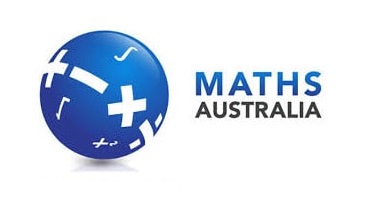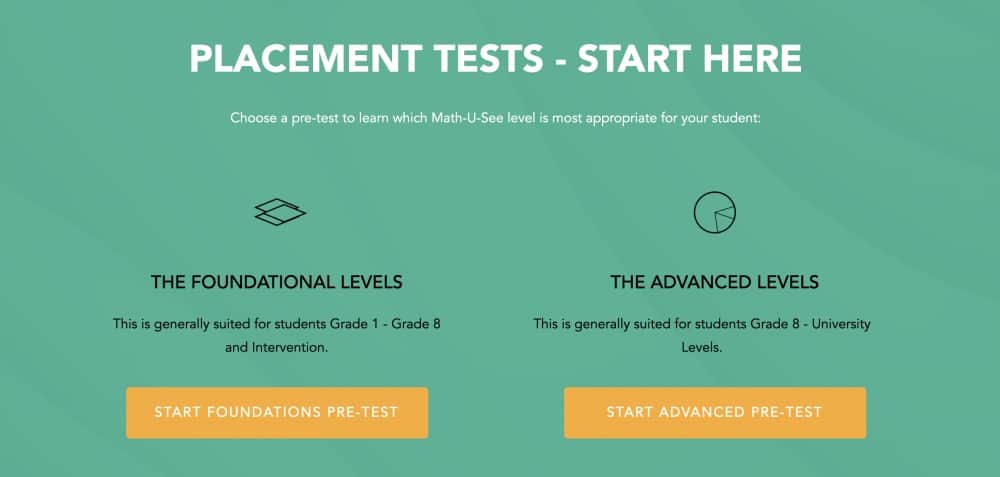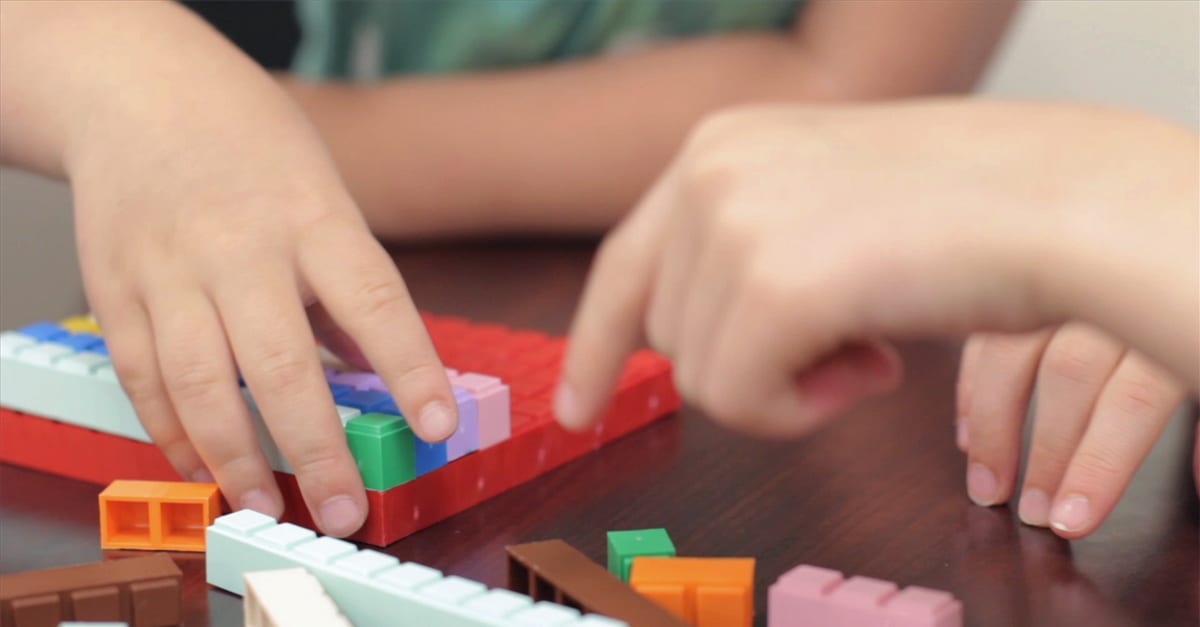
Why do Mums love the maths program Math-U-See?
If you've heard about the Math-U-See program and don't know where to start or have some more questions about this simple and effective maths program, you're in the right place.
Math-U-See is an internationally recognised program for effective multisensory maths instruction. The use of the manipulatives (pictured above) is one of the key components of each lessons and one of the big reasons why so many parents and kids love it!
There's also a whole lot more that the Math-U-See program offers:
Does this homeschool Math-U-See program actually work?
Homeschool families, homeschool mums, home educators and parents love the Math-U-See program because it teaches maths in a simple and effective way. There's nothing too hard or too complex to teach to your kids, even if you've had no prior experience teaching. Even if you hated maths at school.
Why is it so easy to teach?
The Instruction Manual gives you explicit, step-by-step instruction on what and how to teach each lesson. There are diagrams, specific instruction on how to start the lesson, questions to ask your student and extra tips for communicating each concept to your kids.
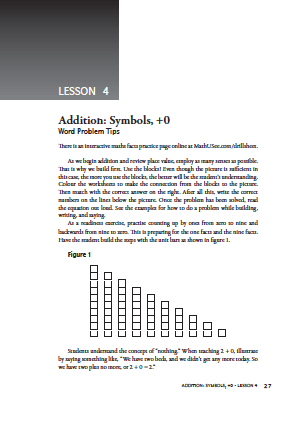
The Online Videos show you how to teach the lesson, including demonstrations on the whiteboard and questions to ask your students. Steve Demme teaches in a light and humours way, making maths much more fun and engaging! You can watch these videos by yourself to prepare for the lesson, or you could also watch the videos with your child. Sometimes it's good for them to hear another perspective on the same topic.
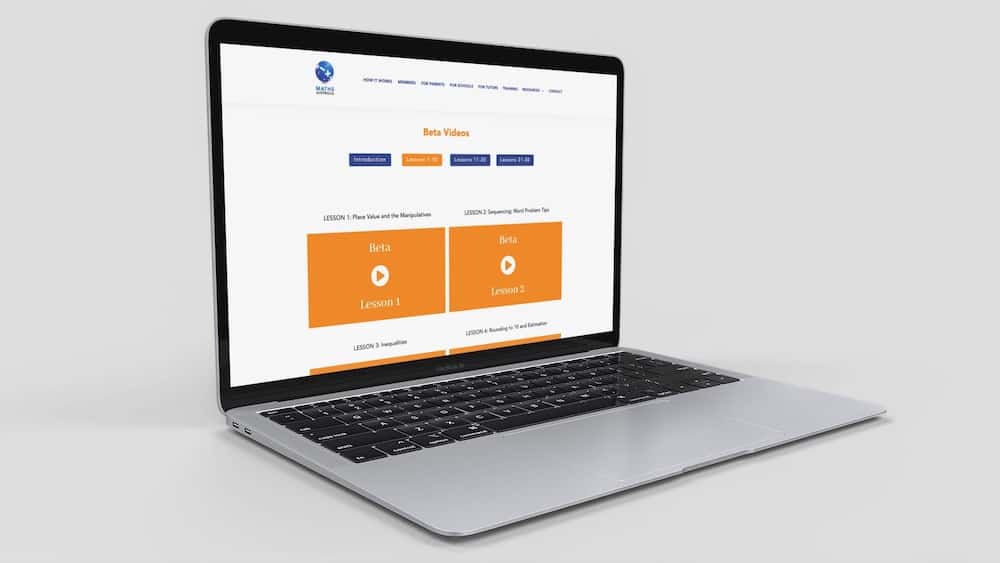
The hands-on manipualtives are the key part of the entire program. Used from Primary to high school maths instruction, these blocks are easy to use and show numbers in a tactile, hands-on way.
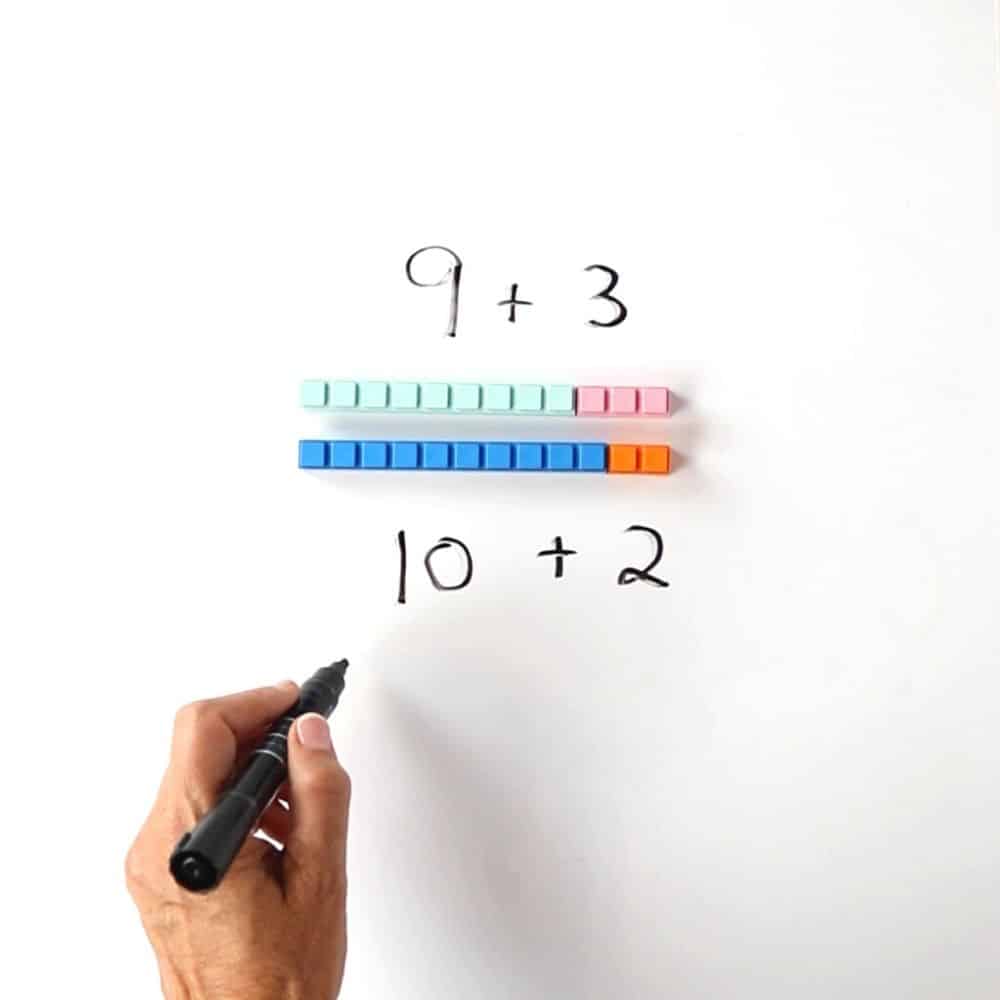
Taking numbers from abstract squiggles on a page to a complete and concrete understanding of Place Value, addition, subtraction, multiplication... all the way to algebra creates a lasting foundation of maths knowledge for your children.
You will use these blocks through each lesson, to demonstrate each concept. This is especially key when teaching the foundational levels and basic concepts such as Place Value with your kids.
The Student workbooks include extra practice sheets for your child to confirm their understanding of what has just been taught. This is an important piece of practising their knowledge, and when revising their answers, you know what areas they are struggling with and what to focus on.
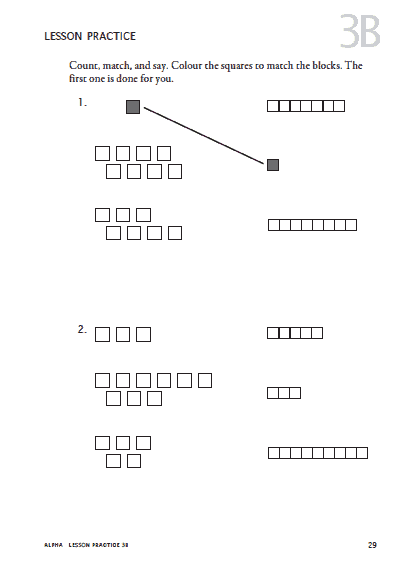
The Test Booklets include end-of-lesson tests to confirm your child's understanding of the topic. Watch them as they fill in the test questions, see where they are struggling and what they are having difficulty with. That's where you'll need to focus on.
These tests are great as feedback to you, as the teacher, of where your child is at and what they understand. You can also use these tests as proof of maths in your homeschooling reporting.
What topics are covered in this homeschool maths program?
Math-U-See follows a mastery-based approach to teaching maths. The program uses the Greek alphabet as a naming convention because of the focus on mastery and true student knowledge, rather than age or grade level.
The Math-U-See levels focus on one topic at a time, building on maths foundations from the previous level. This way, your child gains a complete understanding of maths that will serve them in any situation. The Math-U-See levels include foundations maths and advanced levels as shown below:

Is Math-U-See designed for primary school?
Yes. Math-U-See's Foundational levels are designed for children in the approximate grade levels of P-6. The curriculum is conveniently divided into general content areas: addition and subtraction, multiplication and division, fractions, and decimals. Other topics are introduced throughout the curriculum as appropriate.
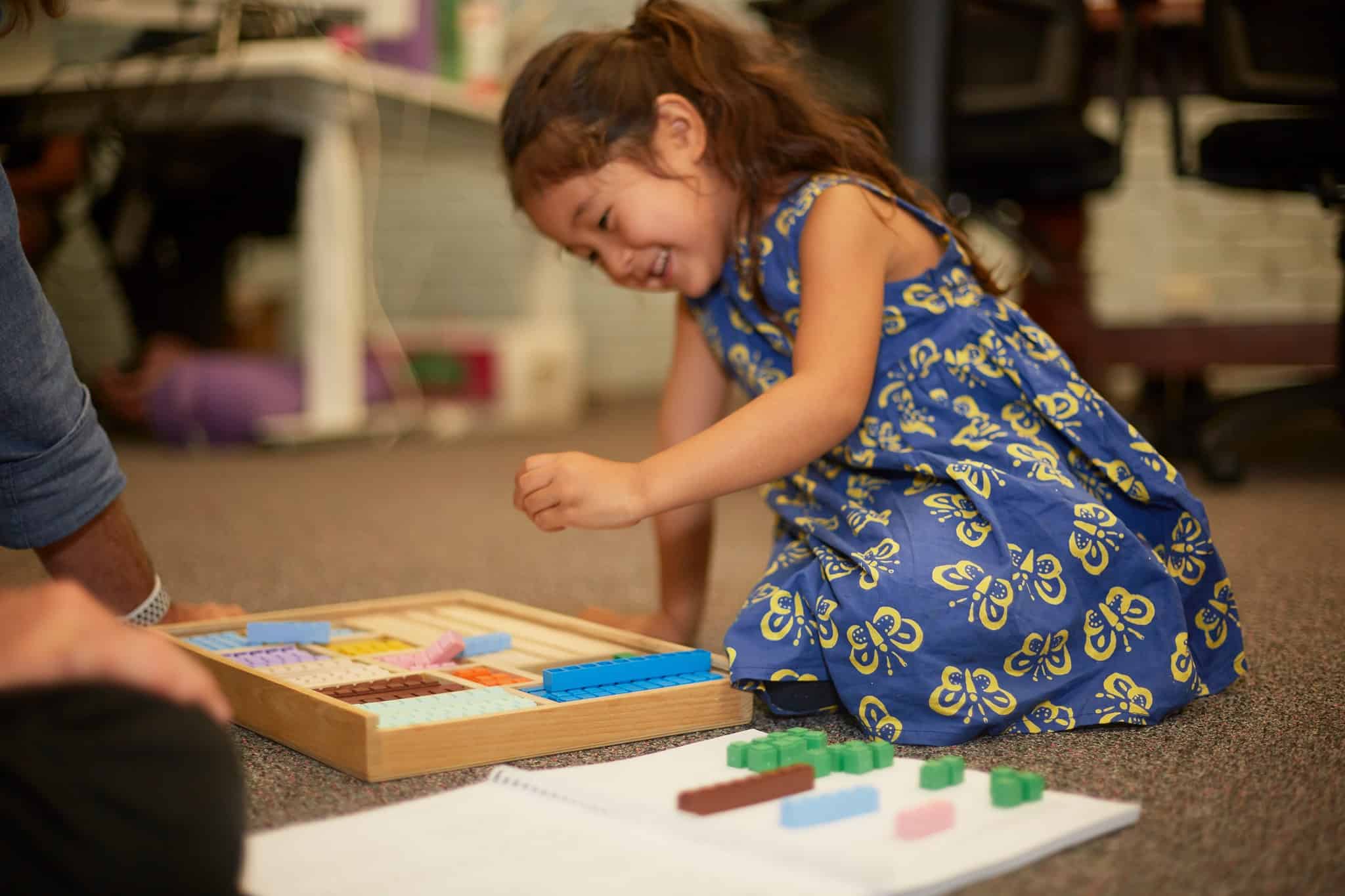
You can see the Math-U-See foundational levels, including full descriptions, sample videos, scope and sequence and other information here.
Is Math-U-See designed for high school?
Yes. The Advanced Levels of the Math-U-See program can be used successfully for older children at upper levels as a core curriculum or as a supplementary means to closing skill gaps. Since the lower level books are named by Greek letters instead of by grade level, and because there are no child-oriented graphics in the regular lesson pages, older children who place in these lower level books will not feel they are doing first-grade worksheets. It is common for older children to make great leaps of progress once they have revisited topics such as place value and math facts.
Take the free diagnostic test
The first step in knowing where to start maths with your child is determining what they know and what they don't know. This free diagnostic test is easy to use and your child's results are automatically calculated. After taking the test, you'll know what to do and where to start to fill in those gaps of maths understanding.
Remember, you as the parent plays a critical role in the assessment and placement of your child. Observation of your child when they are taking the Placement Tests is essential to establish a data-driven starting point for each child.
We find that the determination of proper placement most often starts with the Alpha Placement Test. This starting point may seem unnecessary for every child, especially those in upper high school, but sometimes a lack of critical computational skills is what is actually hindering their overall progress in mathematics. Careful observation of the test-taking can often reveal difficulties your child is having with a particular concept much better than simply basing understanding on a right or wrong answer.
If you know your child can count to ten verbally, recognise the numbers 0 to 10, and is ready for formalised instruction, then we recommend starting with the Alpha Placement Test. If your child demonstrates mastery of the Alpha level, proceed to the Beta level and work higher from there. This will help to establish the data demonstrating their skill level and ensure proper placement. If your child is struggling with basic number recognition, we suggest starting with Alpha level, as it teaches these foundational concepts in a concrete way.
Let us know if you have any questions,
We're here to help
The Team at Maths Australia
